

Engage prospects with a scan and streamline customer engagement with FREE QR code marketing tools by Sona – no strings attached!
Create a Free QR CodeFree consultation

No commitment

Engage prospects with a scan and streamline customer engagement with FREE QR code marketing tools by Sona – no strings attached!
Create a Free QR CodeFree consultation

No commitment
QR codes have become vital connectors in the home design services sector, transforming how firms capture high-value prospects as clients move between offline encounters and digital touchpoints. Prospects who research inspiration, browse ideas, or consider vendors often do so without leaving behind actionable data, resulting in missed opportunities and lost leads. QR codes provide an immediate, app-free bridge between physical experiences and virtual engagement, making client interactions easier for businesses striving to drive conversions and showcase their portfolios.
In home design services, the intersection of offline materials and digital journeys is where significant opportunities and risks arise. Traditional marketing assets such as brochures, design sketches, and showroom signage often fail to trigger real engagement or capture meaningful leads. QR codes convert these touchpoints into interactive experiences, enabling clients and designers to access virtual room setups, visualize smart technology integration, and collaborate creatively. This transition leads to better customer experiences while giving firms new ways to track, segment, and follow up with interested buyers.
Modern QR code strategies empower home design firms to capture previously invisible signals of interest, enrich lead quality, and uncover new revenue opportunities by surfacing real-time engagement data. Discover below how QR codes can enable smarter campaigns, improve analytics, and drive measurable growth for your home design service, solving challenges around audience recognition, timely outreach, and campaign consistency.
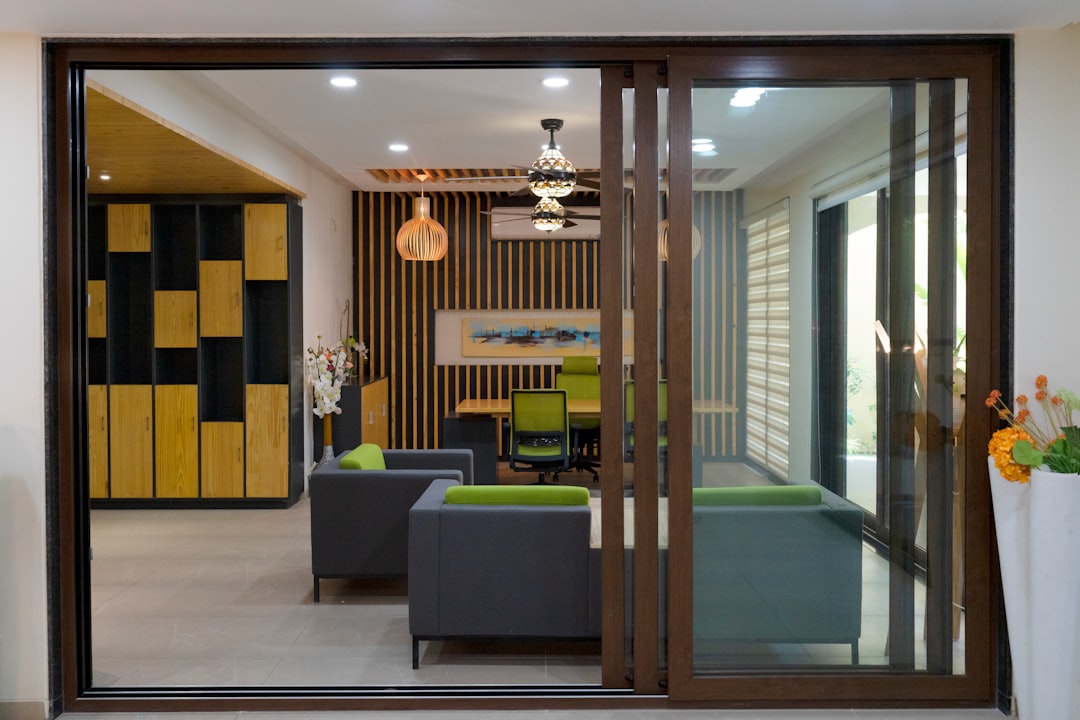
Home design firms often lose track of high-intent prospects who interact with physical marketing, leading to missed follow-ups and slow pipeline growth. QR codes bridge this gap between tactile marketing and digital outcomes, making it easier to capture and convert interest that would otherwise remain anonymous. Replace static printed portfolios and paper feedback forms using google forms QR with scannable links to virtual tours, 3D renderings, or booking forms, so every engagement leaves a digital footprint. For example, a QR code on a showroom wall can connect visitors to an online gallery of eco-friendly home designs or culturally inspired decor ideas, while codes on printed estimates can speed up approvals and collaboration by directing clients to digital acceptance and comment tools.
Define campaign success with metrics that reflect real sales progress. Measure appointment bookings from showroom scans, track completion rates for digital feedback surveys, and monitor conversion from direct mail to consultation requests. As you replace outdated workflows such as manual sign-up sheets, paper-only portfolios, and phone-based feedback with smart QR interactions, data loss is minimized and action is accelerated. Modern solutions like Sona QR allow businesses to automate design, tracking, and reporting, ensuring that every moment of interest is captured and attributed before competitors can engage.
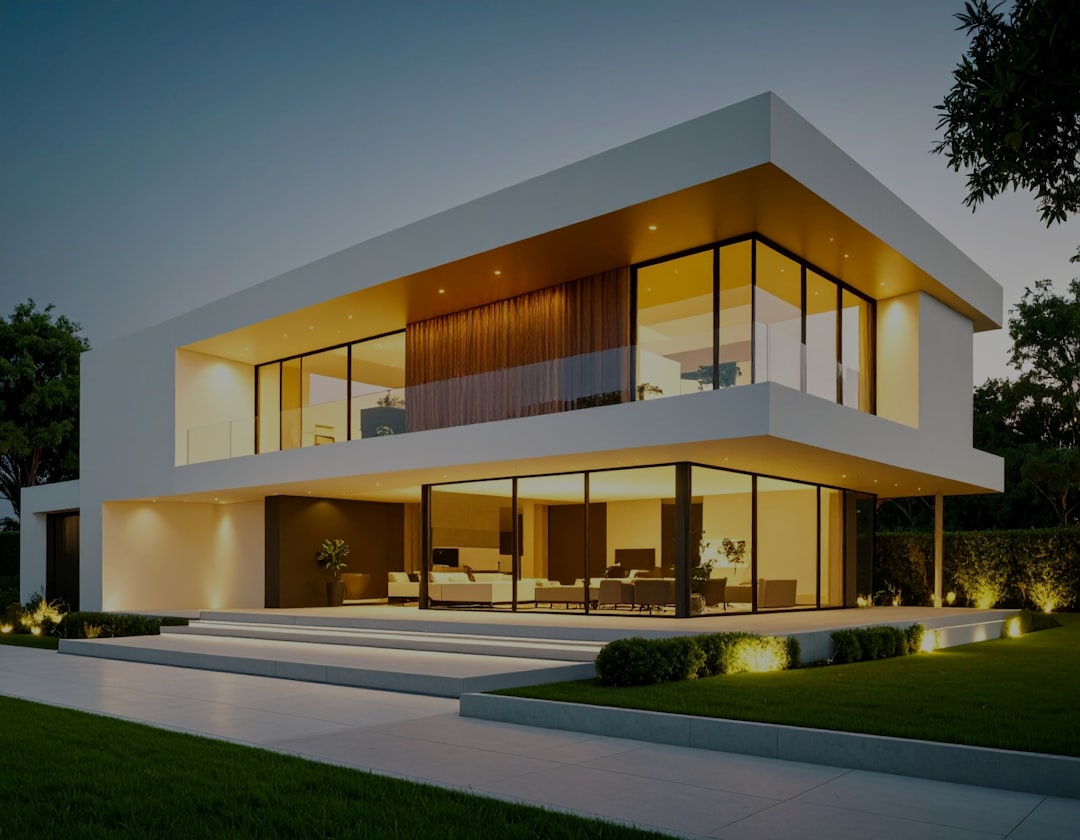
Home design services frequently face challenges in closing the loop between physical client engagement and measurable digital outcomes. In a sector where buyers browse inspiration, visit showrooms, attend open houses, or pick up portfolios without completing any forms, valuable leads are often lost and follow-up opportunities are missed. QR codes transform static appointment cards, promotional flyers, or showroom signage into interactive entry points with proven QR marketing strategies. This makes it possible to engage prospects instantly with rich content and to capture information about visitors who may otherwise go untracked.
The speed and simplicity of QR codes mean clients can share their design preferences or request consultations with a single scan. Dynamic QR codes also allow design teams to update featured content after printing, which prevents reprinting costs and avoids outdated campaigns. Most importantly, QR codes provide trackability. You can monitor when, where, and how prospects engage with your materials, which helps you prioritize outreach and refine messaging across multiple channels, and apply offline attribution. For design professionals looking to move beyond disconnected campaigns and wasted spend, QR technology is now a vital asset for building measurable, scalable marketing that meets evolving client expectations.
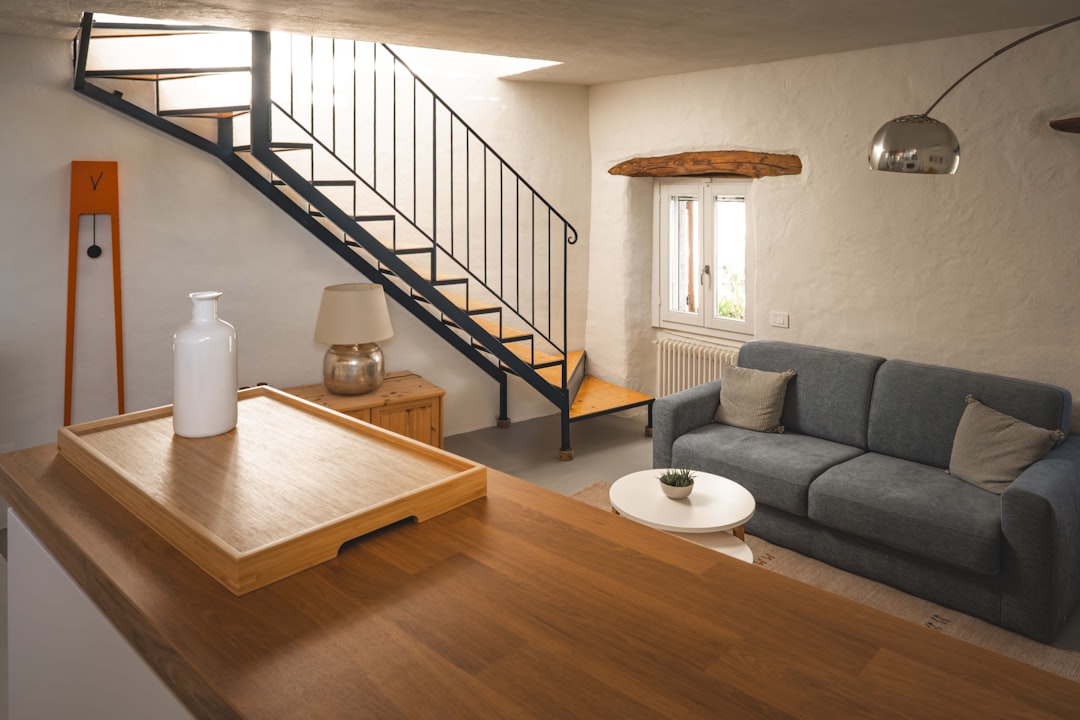
Home design professionals commonly struggle to maintain accurate and up-to-date information flow between physical handouts and digital systems, which risks inconsistent messaging and disengaged prospects. The QR formats below map closely to typical workflows in showrooms, consultations, and project delivery. Selecting the right format ensures that each scan triggers a meaningful next step and captures measurable data.
Dynamic QR codes are ideal for most campaigns in home design services because project content, pricing, and availability often change. Dynamic codes let design teams redirect links as projects evolve, ensure campaigns remain current, and centralize management across multiple QR types. Use static codes only for unchanging destinations such as a PDF brochure or evergreen resource page.
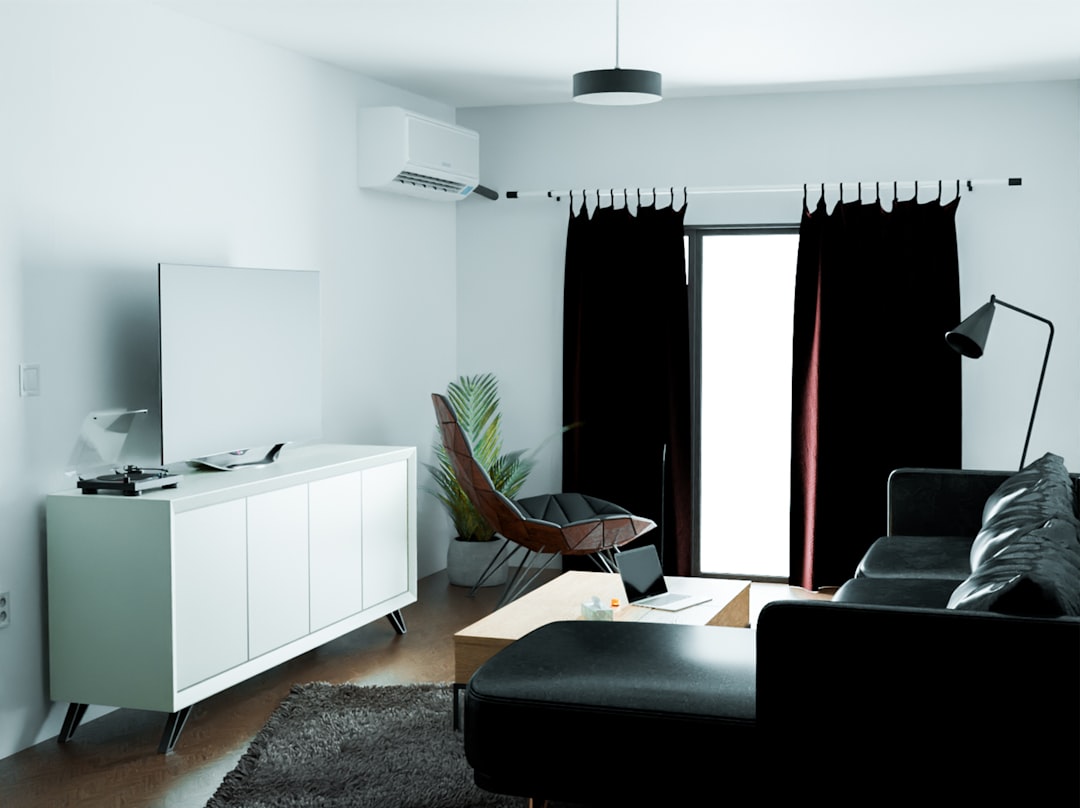
Businesses often overlook offline engagement such as showroom walk-ins or event attendees, which leads to fragmented data and hidden revenue potential. Strategically placed QR codes recover these missed signals by making every physical encounter measurable.
Identify the environments where your prospects already interact with your brand and add clear, action-oriented QR experiences. Improving placement and messaging can unlock faster conversions, more complete data, and stronger attribution for your campaigns. Think of QR as a connective layer that turns any printed or installed asset into a gateway for immediate action.
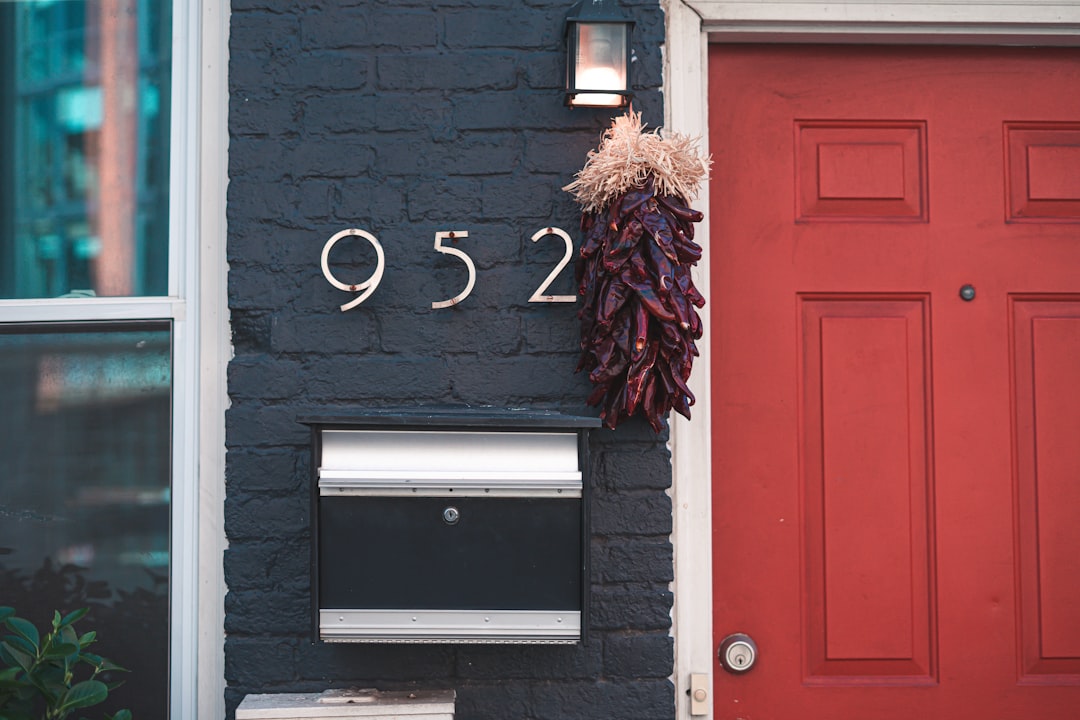
Missed touchpoints and delayed outreach can stall the sales process, allowing competitors to engage first or leaving qualified prospects unaddressed. QR codes create a seamless bridge from interest to action, which helps teams prioritize high-fit leads and guide prospects to the next logical step in the buying journey.
Focus on use cases that remove friction and capture useful context. Each scan should help you understand the prospect’s style preferences, budget range, or project timing. That information primes your sales and design teams for more relevant conversations and proposals that close faster.
Tracking intent-rich engagements across the funnel is difficult when multiple physical and digital touchpoints fail to sync back to a single lead profile. Each QR scan represents a moment of intent, whether it relates to smart home integration, eco-friendly materials, or regional design trends. By deploying unique codes across placements and buyer stages, you can segment audiences automatically and power precise retargeting and follow-up.
Use scan behavior to fuel lifecycle-specific messaging. For example, a visitor who scans a showroom code for sustainable flooring may receive a series of eco-focused design tips, while an open house attendee who scans a code on a kitchen display may receive renovation timelines and budget ranges. This specificity increases relevance and accelerates movement from interest to purchase. For execution ideas, use intent-driven retargeting.
For many design firms, inconsistent messaging and disconnected channels drain budget and limit conversion rates. QR codes unify cross-channel visibility and action by mapping each interaction back to the buyer’s journey. With centralized management, you can monitor performance in real time, refresh content dynamically, and attribute revenue back to specific placements.
A connected funnel ties every offline prompt to an online action. A prospect scans a showroom display to explore a virtual tour, receives an automated email with related designs, and later sees a retargeted social ad that offers a consultation. QR codes serve as the offline onramp to that digital engine, which creates a measurable and repeatable path from discovery to decision.
A strong QR program starts with clear goals, the right formats, and intentional design. The following checklist helps home design services plan and launch campaigns that capture real demand and accelerate conversions.
Before you begin, align stakeholders across marketing, sales, and design on the desired outcomes, such as more booked consultations, richer preference data, or faster approvals. Then use a single source of truth like Sona QR to generate codes, configure tracking, and sync activity to your CRM.
Define the primary business need your QR campaign will solve. For example, capture visitor info at an open house, gather design preferences from showroom foot traffic, or drive downloads of your AR visualization app. The more specific the use case, the clearer your call to action and the easier it will be to measure success.
Align the use case with a single action on the landing destination. If you want more consultations, link directly to a mobile scheduling page. If preference discovery is the goal, connect to a visual quiz that saves results to the prospect profile.
Select a code type that fits your goals and the content lifecycle. Use dynamic QR codes for campaigns that require tracking, retargeting, or the flexibility to swap destinations without reprinting. Reserve static codes for fixed assets such as evergreen PDF portfolios or permanent showroom maps.
Decide on the best interaction pattern for the moment. A form code makes sense for appointment booking, while an SMS code can pre-fill a request for a design estimate. App download codes are ideal when you want to move prospects into a rich, interactive experience.
Incorporate your logo, brand colors, and a clear visual frame so the code stands out without clashing with your design aesthetic. Add a benefit-driven call to action, for example Scan to visualize your dream kitchen, and place it within the natural reading flow of the asset. Maintain adequate white space and size the code for the expected scanning distance.
Test scannability across devices, lighting conditions, and angles. Print samples at final scale and validate readability from the average viewing position. Confirm that the landing page loads fast on mobile, uses concise copy, and minimizes form fields to encourage completion.
Map placements to your growth plan and the buyer journey. Roll out codes on direct mailers, showroom displays, project lookbooks, event booths, and installation packets. Use distinct designs or labels so you can tell at a glance which campaign a code belongs to, then align each with a context-appropriate action.
Coordinate timing with seasonal peaks. Push renovation-themed codes before spring and summer, and emphasize indoor design refreshes in fall and winter. Ensure every placement has a visible call to action and is positioned at eye level where possible to increase scan rates.
Instrument every code with UTM parameters and connect Sona QR to analytics tools and your CRM. Track scan volume, unique scanners, scan-to-action rates, and downstream outcomes like consultations booked and proposals sent. Monitor drop-off points to diagnose friction in the journey. For reporting clarity, align KPIs with multi-touch models.
Run A/B tests on creative elements and offers. Compare different calls to action, landing page layouts, and incentives such as free design audits or mood board templates. Use insights to iterate quickly, promote top performers across more placements, and retire underperforming variants.
Home design service marketers often face attribution black holes and delayed sales visibility when physical engagement does not connect to digital systems or outcomes. Advanced QR tracking solves this challenge by logging every scan with channel, location, and device context. When scan data flows into your analytics and CRM, you can map the full buyer journey and surface decision-makers who previously browsed anonymously.
With Sona QR and Sona.com, teams gain the visibility required to move beyond vanity metrics. You can monitor which showroom displays generate consultations, identify which direct mail designs spark the most engagement, and spot the moment when a prospect shifts from browsing inspiration to requesting estimates. Real-time synchronization reduces response delays and helps prevent valuable leads from slipping through the cracks.
Successful QR programs balance creativity with operational rigor. The tips below prioritize placements and workflows that are common in home design services and that align with the way buyers shop for inspiration, compare options, and make decisions.
Choose the ideas that match your stage and resources. If you are just starting, focus on unique codes for your top three placements and add UTMs for clean reporting. As your program matures, introduce automated nurture flows, dynamic retargeting, and more experimental placements like AR prompts.
For home design services, QR codes are more than shortcuts. They are foundational assets that transform every buyer interaction into a traceable, optimizable journey. By capturing intent signals at every stage, bridging offline and digital experiences, and surfacing actionable insights quickly, design firms can nurture high-quality leads and respond to client needs faster than ever.
The industry has reached a turning point with the adoption of smart, intent-driven QR strategies. By replacing paper-based or manual workflows with scannable, trackable touchpoints, design firms deliver immersive digital experiences and address persistent challenges such as loss of high-value prospects, insufficient lead data, and delayed follow-up. Each scan makes the invisible visible, connecting inspiration to action and generating measurable data for continuous campaign and revenue optimization. With Sona QR, you can generate and manage codes, centralize analytics, and sync scan activity to Sona.com for attribution that ties engagement to pipeline and closed revenue. Start creating QR codes for free.
QR codes have revolutionized the home design services industry by turning traditional marketing into an interactive, measurable experience. They empower designers and firms to attract new clients, showcase portfolios effortlessly, and deliver personalized design journeys—all while capturing valuable data that drives smarter business decisions. Imagine instantly engaging prospects with immersive virtual tours or exclusive offers, knowing exactly which touchpoints convert browsers into loyal customers.
With Sona QR, creating dynamic, trackable QR codes is effortless and flexible. Update your campaigns anytime without reprinting materials, connect every scan to real revenue outcomes, and gain deep insights into client behavior. This means more effective customer acquisition, enhanced client experiences, and a clear path to growing your home design business.
Start for free with Sona QR today and transform every scan into a meaningful conversation and a step closer to your next project win.
The latest trends include using QR codes to bridge offline materials like brochures and showroom signage with digital experiences such as virtual room visualizers and interactive portfolios, enabling better lead capture and customer engagement.
You can place QR codes on physical assets like showroom displays, portfolios, and direct mail to link clients to virtual tours, 3D renderings, booking forms, or feedback surveys, creating an app-free, seamless path from offline interest to digital action.
QR codes improve customer experience by providing instant access to rich content, enable dynamic content updates without reprinting, offer trackability of engagement data, reduce marketing costs, and help capture high-value leads for timely follow-up.
Use QR codes on room mockups or showroom displays that link to virtual design tours, 3D visualizations, or augmented reality previews, allowing clients to explore and better understand design concepts before renovation.
Add QR codes to project completion packets or showroom areas linking to digital feedback and review forms, which increase response rates and provide timely engagement signals for follow-up or referrals.
Embed QR codes in brochures, lookbooks, and design presentations that open curated galleries, mood boards, or case studies online, enabling easy sharing and collaboration while tracking engagement.
Use unique QR codes tailored to buyer journey stages, place them strategically on print collateral, showroom signage, direct mail, and events, track engagement with analytics, and integrate scan data with CRM for personalized retargeting and follow-up.
QR codes offer fast, app-free access to scheduling, virtual tours, product details, and design quizzes, removing friction in the customer journey and delivering tailored content that meets client expectations quickly.
Design QR codes with clear calls to action and brand elements, use dynamic codes for flexibility, test scannability, deploy them across multiple high-impact touchpoints, track performance with UTM parameters, and integrate scan data into CRM systems for optimized follow-up.
Use Sona QR's trackable codes to improve customer acquisition and engagement today.
Create Your FREE Trackable QR Code in SecondsJoin results-focused teams combining Sona Platform automation with advanced Google Ads strategies to scale lead generation

Connect your existing CRM

Free Account Enrichment

No setup fees
No commitment required

Free consultation

Get a custom Google Ads roadmap for your business






Launch campaigns that generate qualified leads in 30 days or less.
